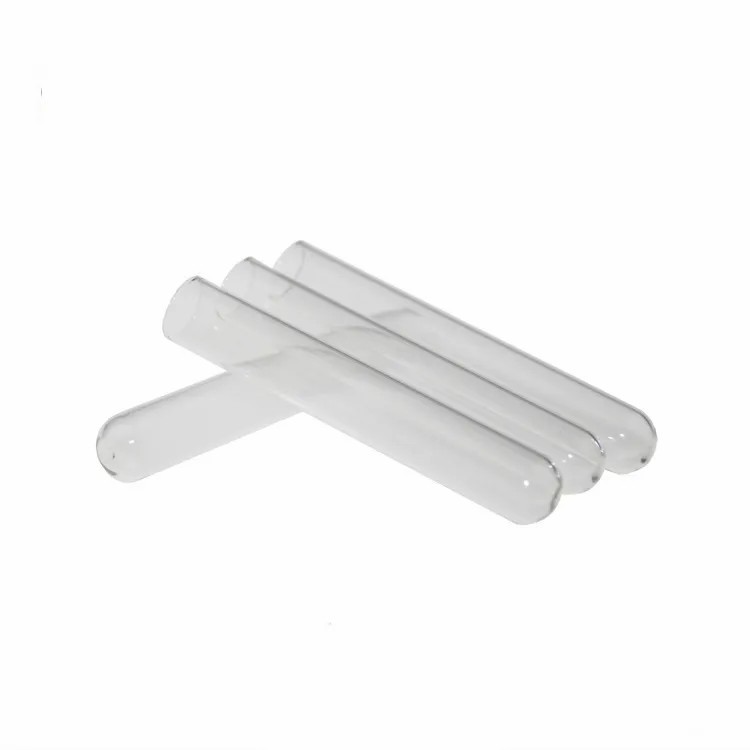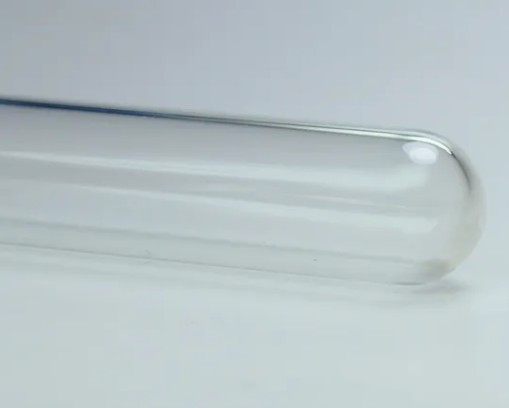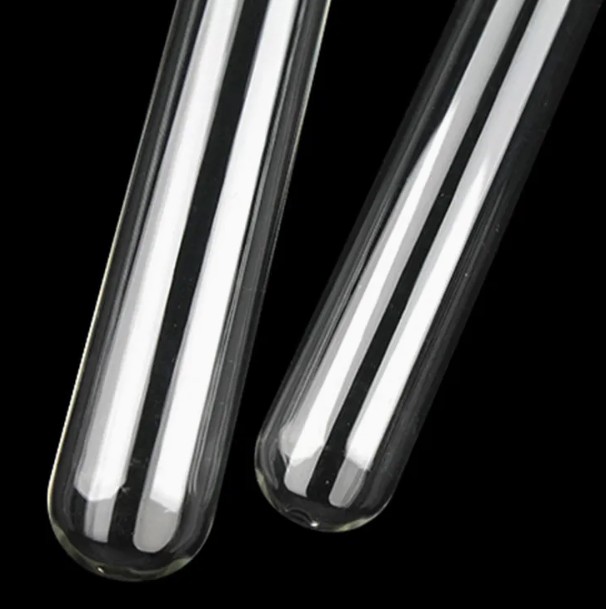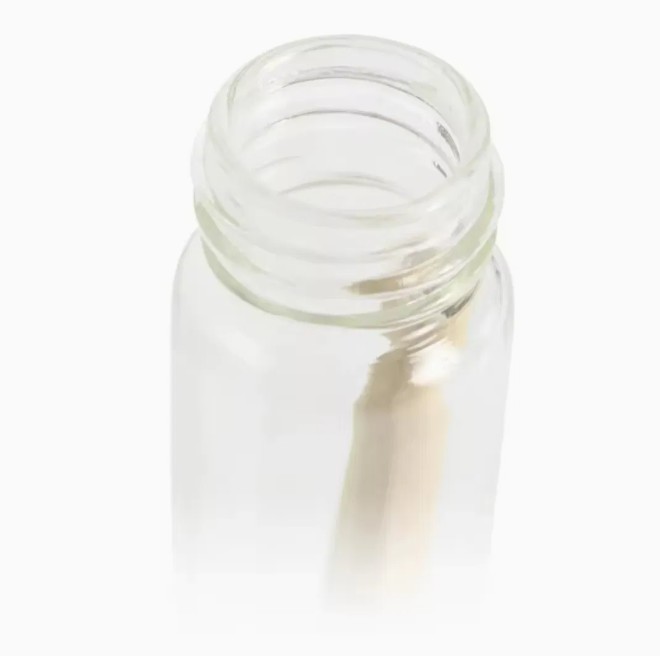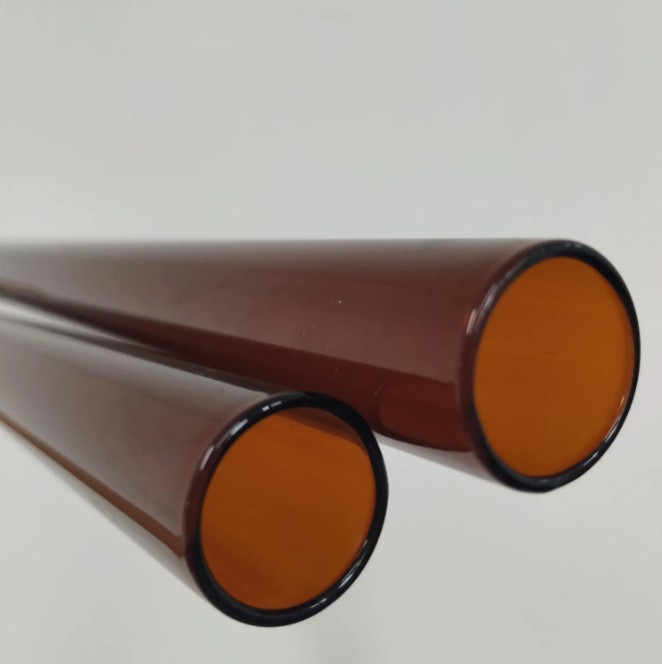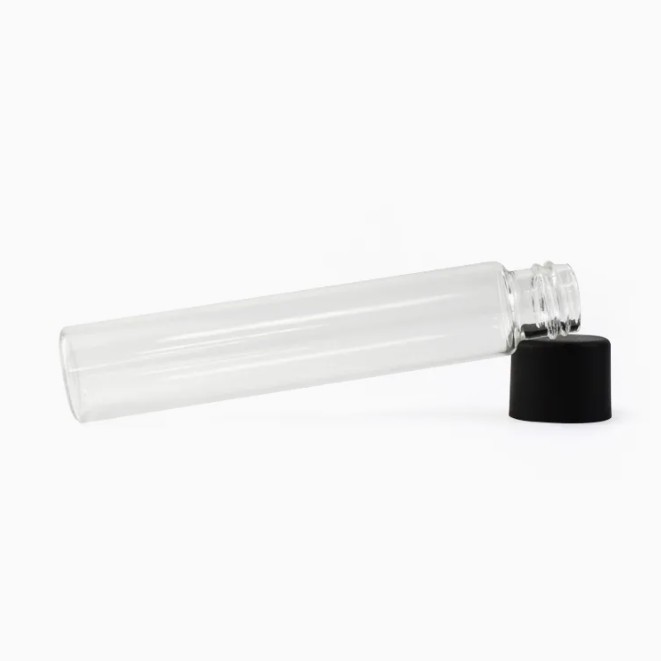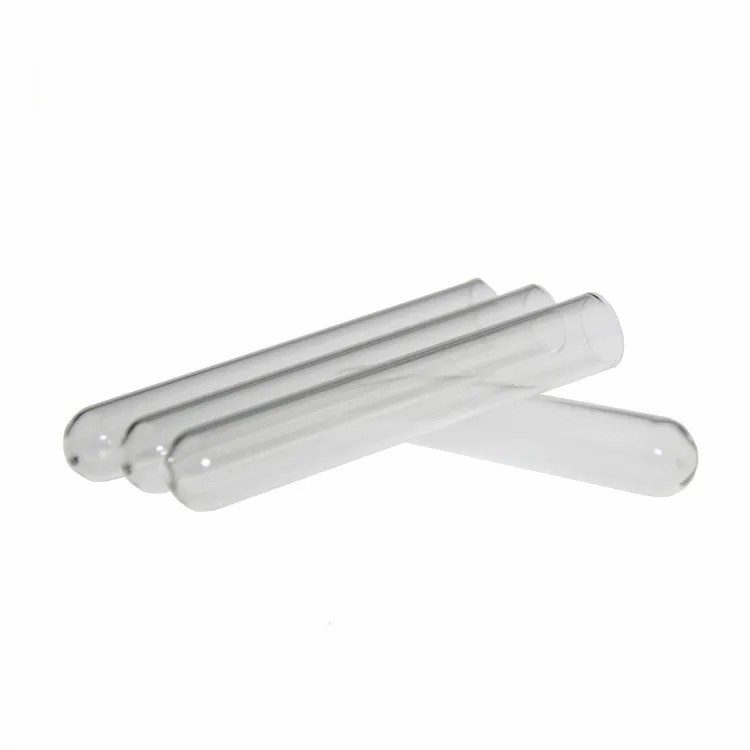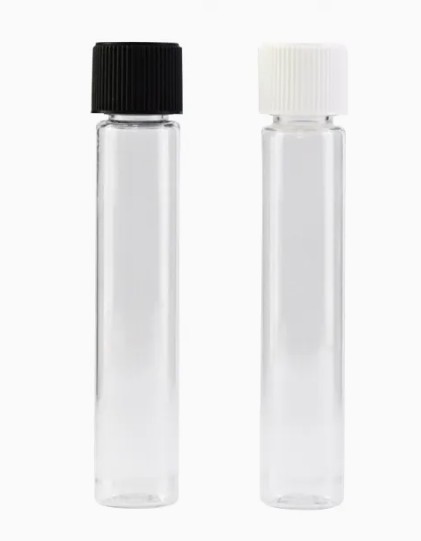Welcome!


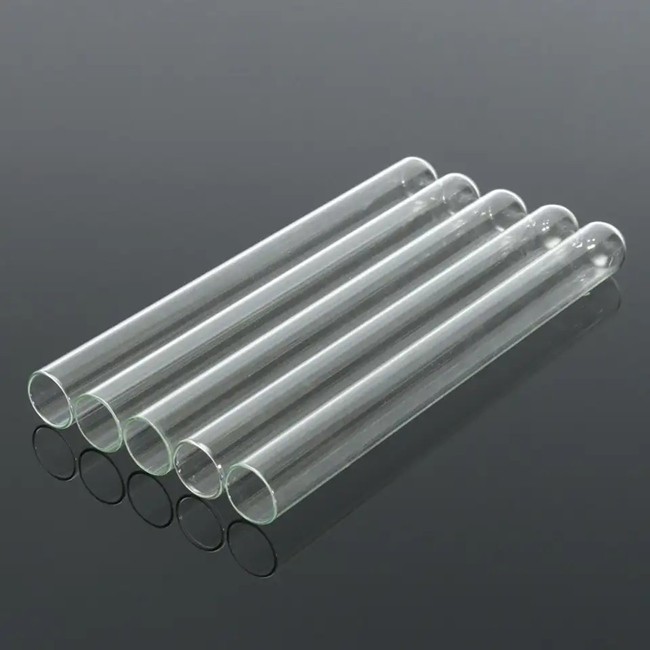

Hot Selling Laboratory Borosilicate Glass Test Tube Prices
Product Description
Laboratory glass test tubes are mainly made of materials such as high borosilicate glass, quartz glass, or hard glass. These materials have excellent chemical stability, thermal stability, and optical properties, and can withstand high temperature, high pressure, and strong corrosive substances.

Specifications
According to their shape, laboratory glass test tubes can be divided into vaccine bottles, vaccine bottles, vaccine bottles (which may be incorrect, should be different shapes of test tubes, such as round, square, conical, etc.), and test tubes with special designs, such as graduated test tubes, heated test tubes, etc.
The length, diameter, and capacity of test tubes also vary to meet the needs of different experiments. Common test tube capacities include various specifications such as 10ml, 15ml, 20ml, 25ml, 50ml, etc.
purpose
Chemical reaction: Laboratory glass test tubes are commonly used as containers for chemical reactions, which can withstand the heat and gas pressure generated during the reaction process.
Heating experiment: The test tube can be directly heated on a flame for experiments such as heating, melting, evaporation, and distillation of substances.
Solution preparation: Test tubes can be used for solution preparation and dilution, as well as for simple chemical reaction observation.
Centrifugal separation: Some test tubes are designed with screw caps, which can be used to separate samples in centrifugal separation experiments.
matters needing attention
Before use, check whether the test tube is intact and avoid using test tubes with cracks or damage.
When heating the test tube, a test tube clamp should be used to secure the test tube to avoid rupture or burns to the hands. At the same time, the mouth of the test tube should not face oneself or others to prevent fragments from injuring people when the test tube ruptures.
After heating, the test tube cannot be suddenly cooled to prevent it from bursting due to thermal expansion and contraction. If cooling is required, wait for the test tube to cool naturally before proceeding.
When conducting chemical reactions, attention should be paid to observing the reaction situation to avoid excessive pressure inside the test tube causing it to rupture.
After use, the test tube should be cleaned promptly to avoid any residue from affecting the next experiment.
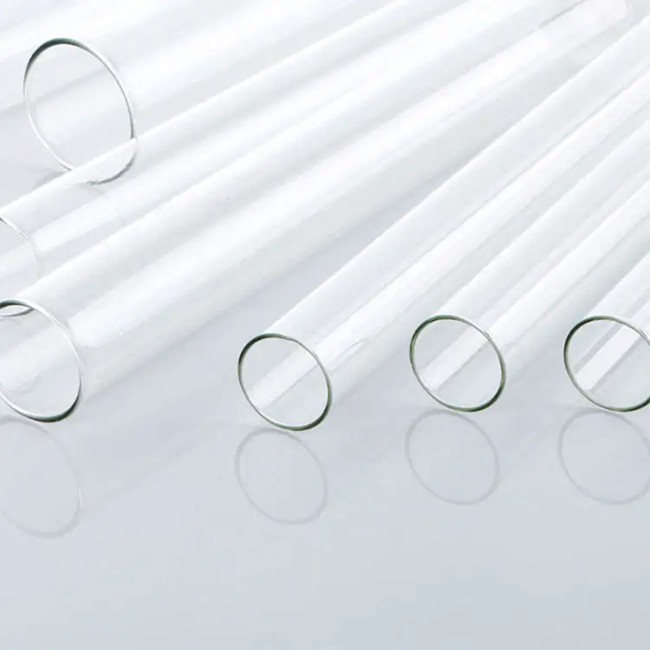
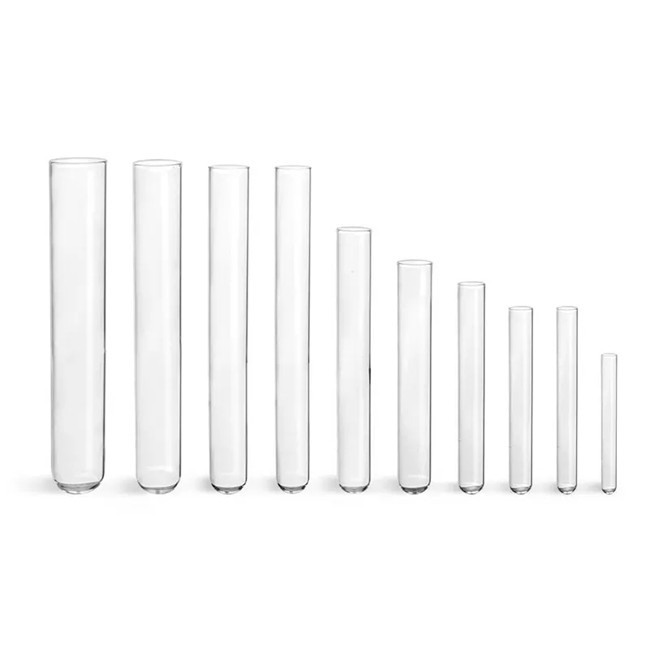

Recommended Products
Recently Viewed
Contact Us
Yangzhou Huiying Glass Crafts Co., Ltd.





